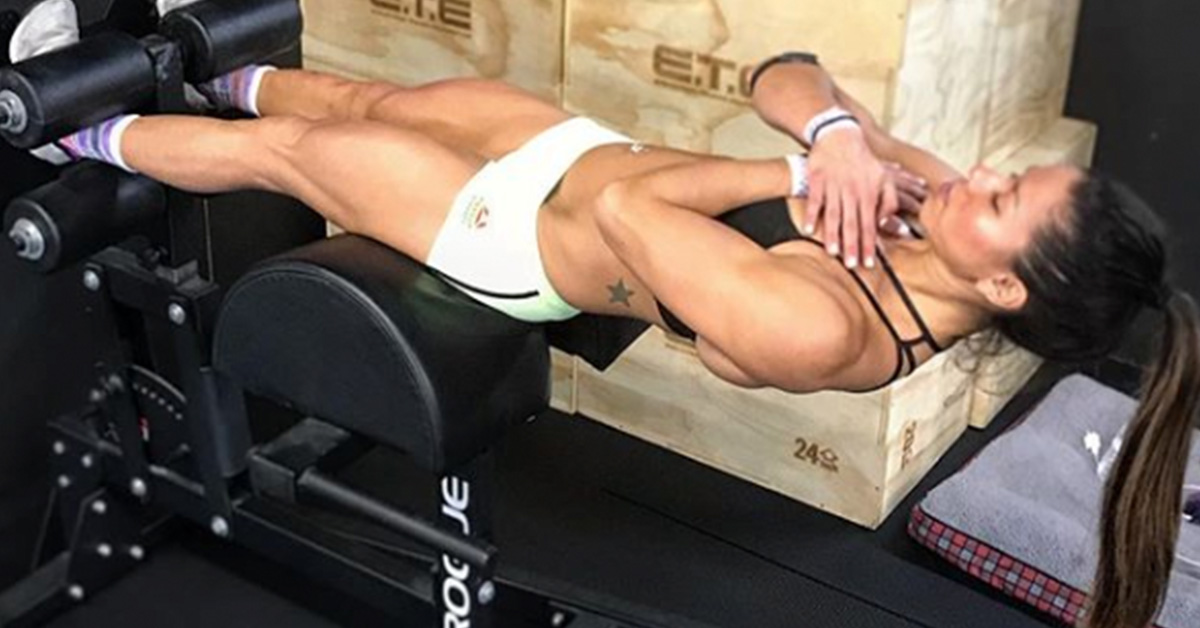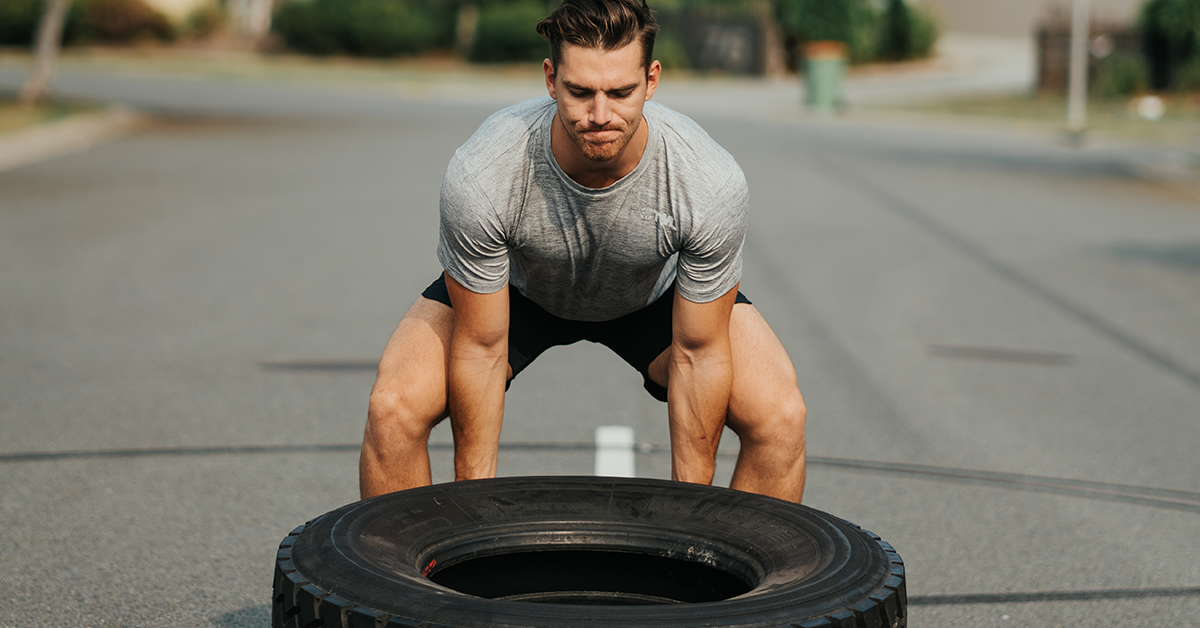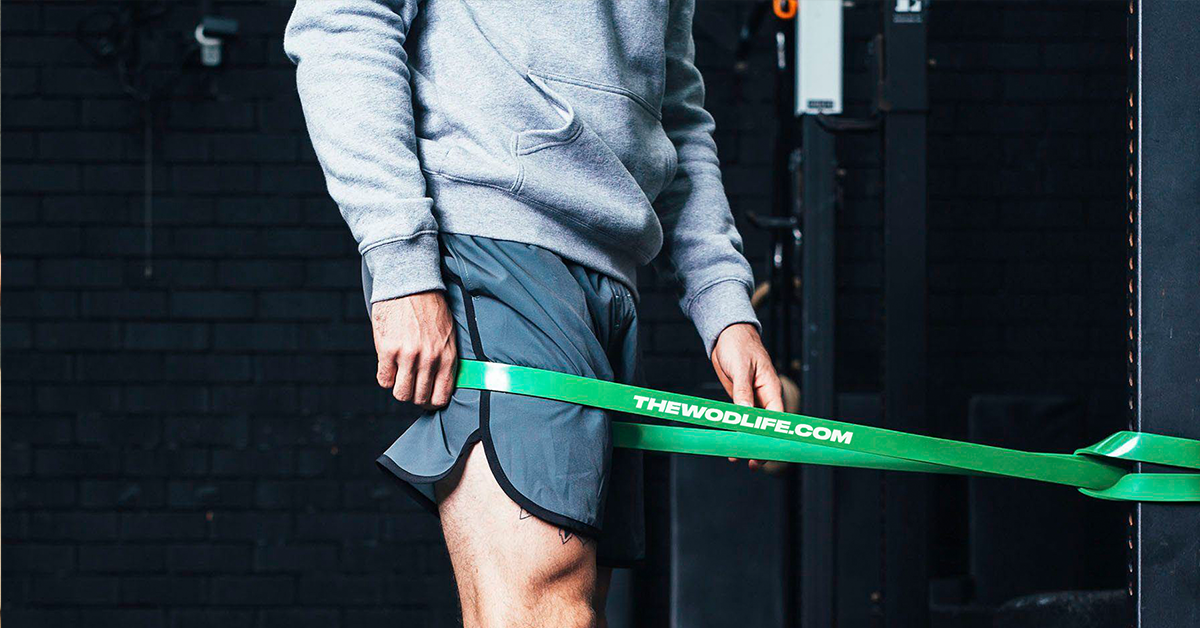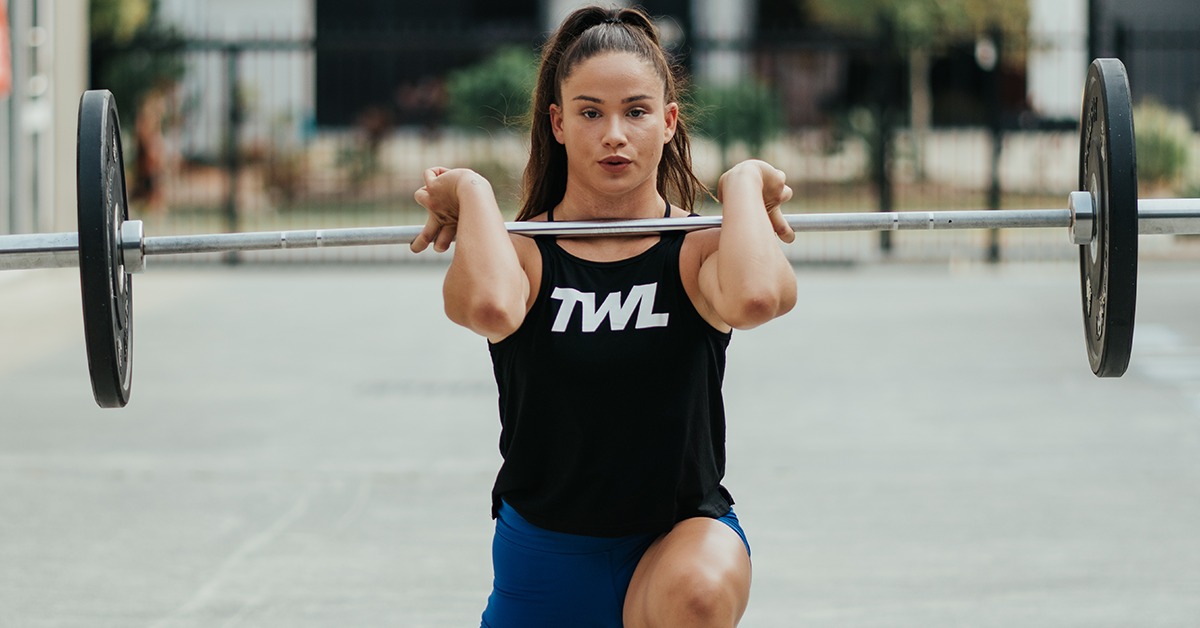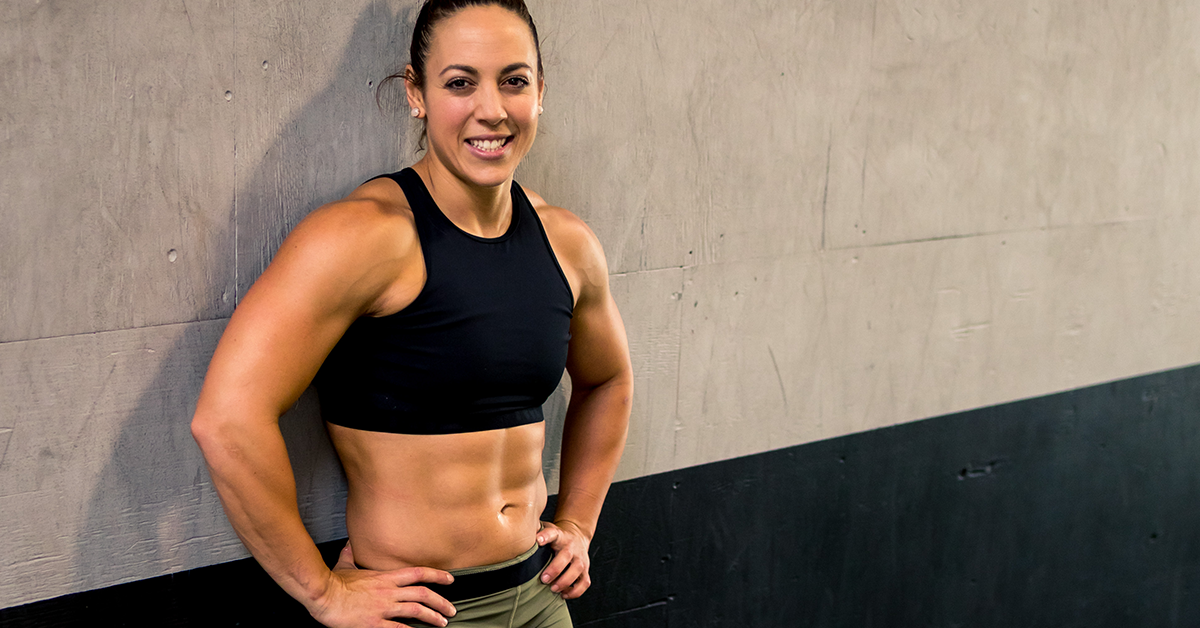The GHD is one of the most under-utilized pieces of equipment in the gym. Endlessly versatile, this tool can be added to your prehab, rehab, or actual workout, and it’s great for building posterior strength and improving stability. Whether you’re using it unloaded — with only your body weight — or with an added load to make the exercise more challenging, this machine is a must-have in every serious athlete’s fitness routine. Don’t know how to use it? These seven GHD drills will help you get started.
Shop Now
7 GHD Drills for Serious Strength-Building
1. Sorenson Hold
This is the only isometric movement on this list. The goal of the Sorenson hold is to remain as rigid as possible while fully extending your hips and torso on the GHD and keeping your body parallel to the ground. Think of it as a plank for your backside.
Points of Performance:
- Adjust the machine so your hips are positioned on top of the support pad.
- With your legs fully extended, position your hands either behind your head or across your chest.
- Squeeze your abdominals and glutes and keep your body parallel to the floor.
- Remember to brace your core to avoid overextending your lower back.
The next three movements we’ve listed are the staples — the holy triumvirate of GHD movements.
2. Hip Extensions
This movement is an excellent workout for developing your glute and hamstring strength. When doing this exercise, keep your spine ridged while flexing your hips.
Points of Performance:
- Adjust the machine so your hips are free. Ideally, the top of your legs should be positioned on top of the support pad.
- Begin by keeping your legs straight, your hips fully extended, and your arms positioned across your chest. Your head and torso should be parallel to the ground.
- As you descend, remember to flex your hips as much as possible while maintaining the lumbar curve.
- Squeeze your glutes and hamstrings as you move your torso back to the starting position, and repeat the movement.
3. Back Extensions
The next movement is called the back extension. The goal of this exercise is to move vertebrae-by-vertebrae as you flex your back. This is great for developing your spinal erectors (the muscles that line your spine) as well as for building kinesthetic awareness.
Points of Performance:
- Adjust the machine so your hips are trapped on top of the support pad.
- Start by keeping your legs straight, hips fully extended, spine neutral, and arms crossed.
- To begin, tuck your chin to flex the spine.
- Start the movement at the neck, and then the upper back, followed by the lower back.
- Carefully move your upper body back to the starting position (the motion should be in reverse — starting at the lower back to the neck) and then repeat the movement.
4. Hip and Back Extensions
The hip and back extension — as its name suggests — is a combination of the hip extension and the back extension. It’s great for developing body awareness and is a good exercise for both the — you guessed right! — back and hips.
Points of Performance:
- Adjust the machine so your hips are free. Your legs should be positioned on top of the support pad.
- Keep your legs straight, hips fully extended, and arms crossed in front of your chest.
- Begin with a normal back extension. Flex the spine, starting at the neck and progressing to the lower back. Then, move to a hip extension, flexing the hips and then extending the spine.
- Carefully return to the starting position, flexing your spine in reverse order — lower back to the upper back — and repeat the process.
5. GHD Sit-Ups
Considered one of the more advanced movements on the GHD, this workout will help strengthen your core, back, and hip flexors. If you’ve never done GHD sit-ups before, you can always take it slow until you’re used to the movement. There’s no rush in having to go all the way to the ground on your first go.
Points of Performance:
- Sit on the support pad, keeping your hips free.
- Extend your legs, but remember to keep your knees slightly bent. Your hands should touch the footpad.
- Start by moving backward, bracing your abs and torso and extending your arms above your head, until one or both hands touch the ground.
- Extend your legs, gently swinging your arms and upper body up, until you’re back to the starting position.
6. Glute-Ham Raises
The glute-ham raise is one of the best — albeit most challenging — things you can do to strengthen your hamstrings. The fixed hip position maintained throughout the movement will force you to rely on your hamstrings to move your torso back to the starting position.
If you find it difficult to execute this movement (which is normal, especially if it’s your first time trying it out), you can use a PVC as a self-spotter. Hold one end with one hand and keep the other end of the PVC on the ground.
Points of Performance:
- Adjust the machine so your knees rest on the support pad.
- Begin with your knees flexed and your torso straight.
- As you descend, remember to maintain a neutral spine. Continue the motion until your torso is positioned parallel to the ground.
- Squeeze your glutes and hamstrings as you move back to the starting position.
- You can also reduce the difficulty level by moving your knees behind the support pad.
7. Reverse Hypers
The reverse hyper is the odd one out of the bunch. It’s the only drill on this list where your feet don’t actually go in the footpad. With your hands gripping the back end of the GHD, and your legs dangling off the support pad, this exercise will get some unloaded flexion into your lower back as well as help activate and strengthen your glutes.
Points of Performance:
- Start by lying down facing the footpad. Adjust the machine so your abs are positioned on top of the support pad and your hips are free to flex and extend.
- Use your arms to hold the footpad for support and squeeze your glutes. Lift your feet off the ground until they are parallel to the floor and in line with the rest of your body.
- Move back to the starting position, with your hips flexed and legs pointed toward the floor, and then repeat the movement.
Main image: Chyna Cho/Instagram

